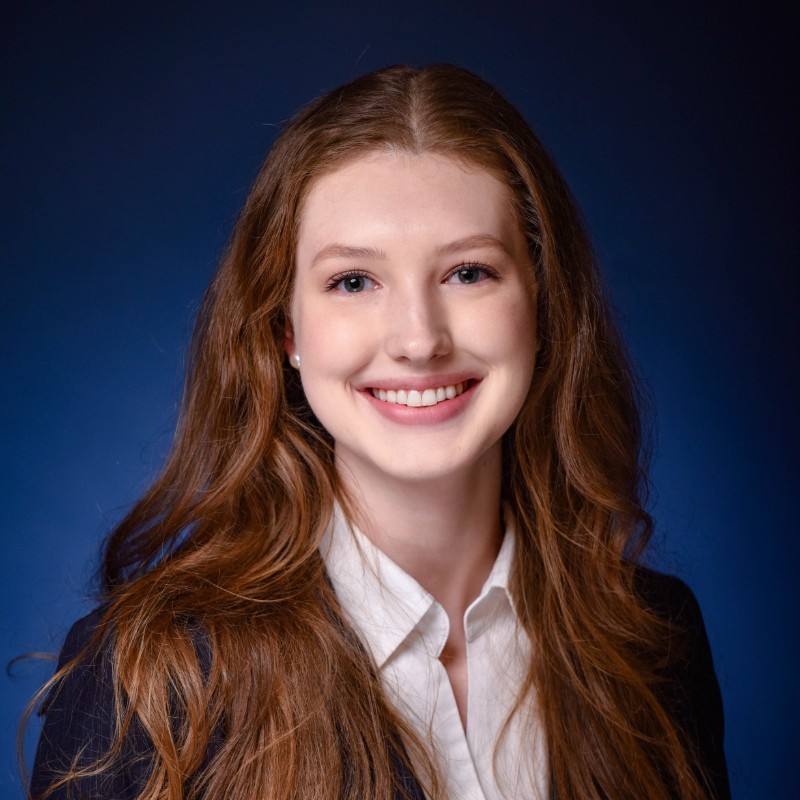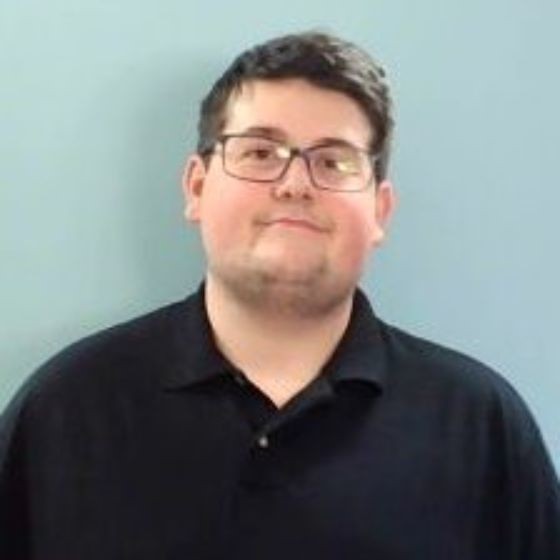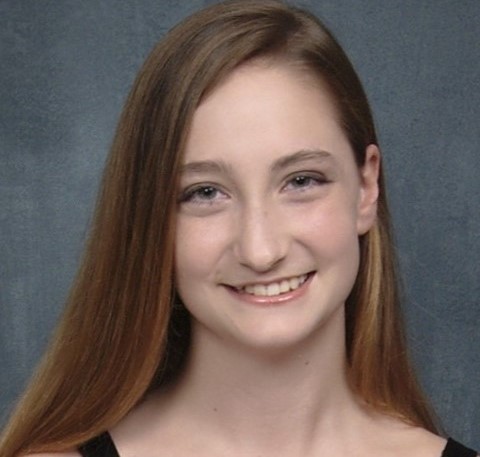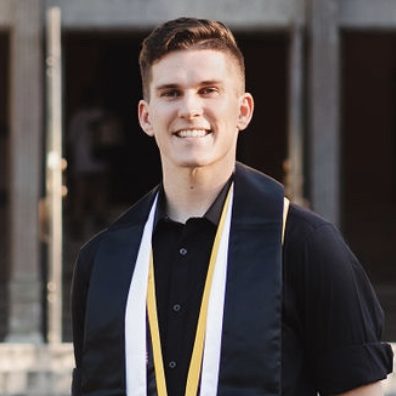The Savannah River National Laboratory (SRNL) is a U.S. Department of Energy Office of Environmental Management research and development lab located in Aiken, South Carolina, with a history dating to the early Cold War. Established in the 1950s, SRNL has since evolved into a multidisciplinary research facility at the forefront of nuclear science, environmental stewardship, and national security.
Recently, SRNL hosted a group of University of Florida nuclear engineering students, providing them with insights into some of the facility’s research initiatives, the future of the nuclear engineering field, and different career paths available for young engineers.
As part of his joint appointment with SRNL, Kyle C. Hartig, Ph.D., assistant professor of nuclear engineering, helped arrange the visit to help establish a workforce development pipeline for future UF graduates.
“It was a great way to expose students to the critical national security and energy security missions of the lab and Savannah River Site (SRS),” Hartig said. “Touring SRNL provided these students with an experience that enriches both their education and their career development. By engaging with leading experts in the field, witnessing cutting-edge research up close, and gaining hands-on experience in state-of-the-art facilities, we hope to provide a clear picture of what’s possible in nuclear engineering and help inspire them to continue pursuing their goals.”
With the tour serving as a bridge between academic studies and real-world applications, it offered students a glimpse into the multifaceted nature of nuclear engineering. It also showed them new ways they could contribute to nuclear engineering’s ongoing advancements and challenges.
Some of the students shared their insights about the experience.

Madeleine Forbes, a Ph.D. student specializing in radiochemistry, was struck by SRNL’s industrial-scale capabilities and overall mission.
“SRNL is unique in having the only operating, production-scale, radiologically shielded chemical separations facility in the U.S.,” Forbes said. “They’re prioritizing environmental cleanup and processing spent nuclear fuel for commercial use, which I feel is a key opportunity for the future of nuclear engineering.”
“For me, the most valuable aspect of touring the lab was seeing a possible future career path,” Forbes said. “It gave great insight into where the field is heading and what my options will be as a young professional entering the workforce.”

Andrew Duckworth, a radiochemistry Ph.D. student, pointed out SRNL’s commitment to maintaining the nuclear workforce.
“Cultivating and sustaining talent was a key effort discussed during the tour,” Duckworth said, highlighting SRNL’s role in training the next generation of nuclear researchers and scientists through initiatives like the ATHENA program, made up of Pacific Northwest National Laboratory, Idaho National Laboratory, Argonne National Laboratory and SRNL. “Every person who retires or leaves the industry is a loss, and if it’s not addressed, it can lead to national security issues.”

Hannah Patz, a Ph.D. student, noted SRNL’s labs dedication to nuclear forensics and security, tritium research and plutonium dating. She was also intrigued to learn about the career progression of scientists working at the lab.
“We were able to talk to postdocs who had graduated a couple of months ago and senior managers who had been active in the field for years, and most of them did not have a straight path to their current position,” Patz said. “Some of the managers started out as a technician after graduating high school, and then eventually went to earn a degree.”
Patz noted that most of the people the students talked to aren’t currently doing research related to their doctorate or even in their field. “There were a lot of people who had physics or chemistry degrees doing nuclear engineering,” she said.

Weslee Kersey, a Ph.D. student, was impressed by SRNL’s collaborative research efforts, which mirrored his own experiences at UF.
“Each lab we toured highlighted their ongoing efforts towards nuclear proliferation concerns. More specifically, the ongoing collaboration with the FBI to conduct rapid analysis of suspected materials or items of interest,” Kersey said, recognizing the importance of partnerships in addressing the complex challenges facing the nuclear engineering field.
